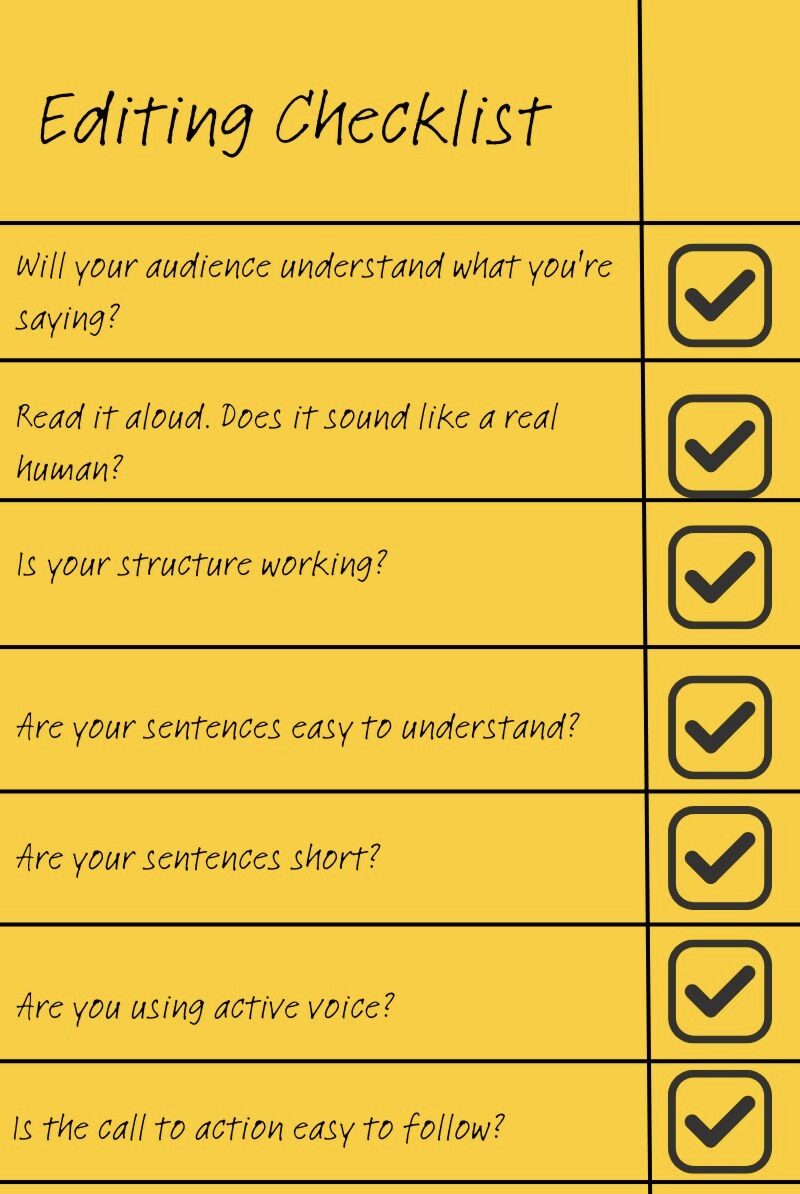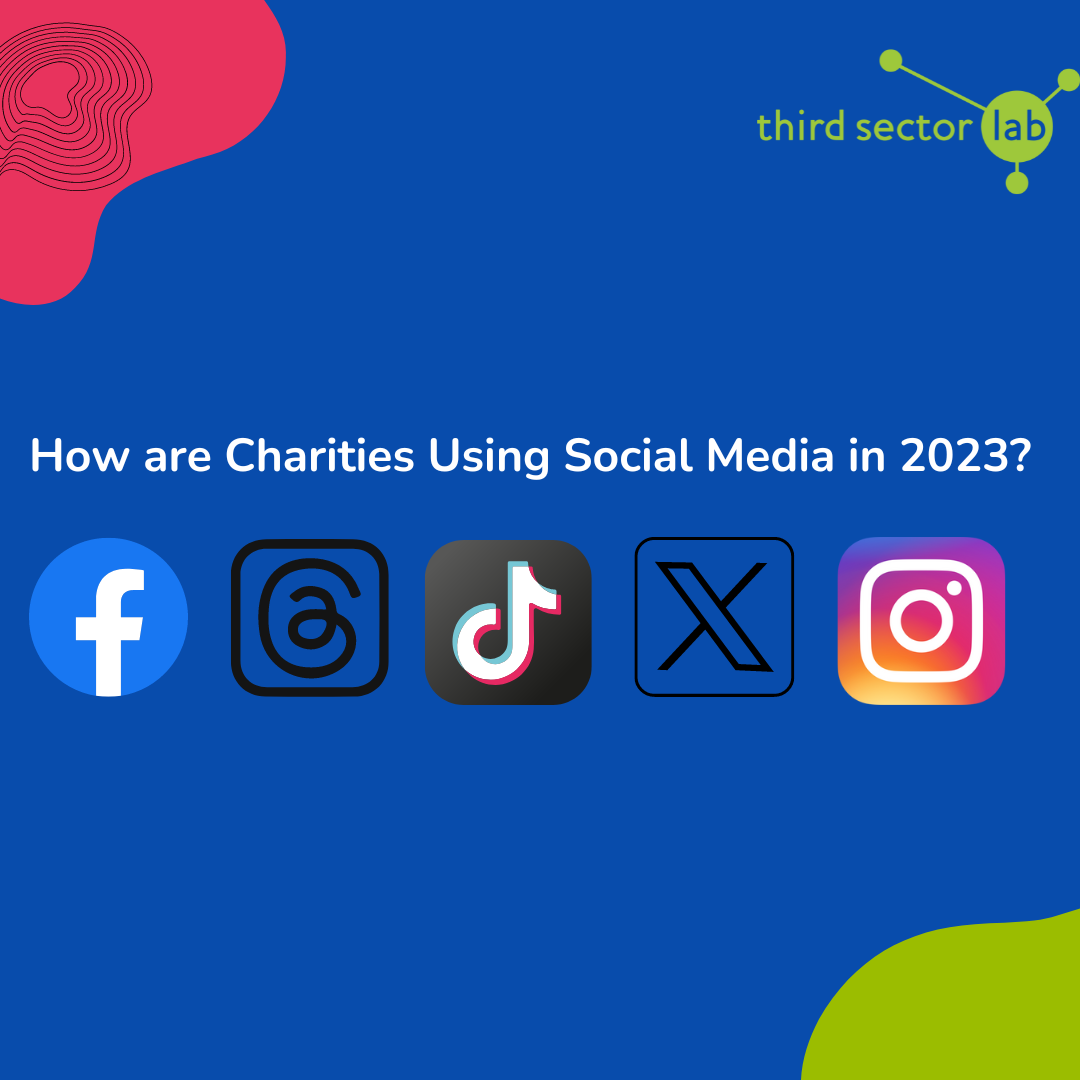The Curve: Writing for the Web Resources
03 May 2023 | Estimated reading time: 2 minutes
Video tutorial with Sophie Badoux
How to Write for the Web
Writing online content can be daunting. In a world of distracting pop-up ads and small mobile screens, it’s important that your content is straight-forward and to the point. Below are some vital questions to consider when writing:
- Why are you writing this?
Think about the key messages you want your reader to know, and focus on these. If there’s an action you would like them to take, make sure it is clear what that action is, even before you start writing.
- Who are you writing this for?
For example, a 19 year old boy and a 75 year old woman would use very different language and might look for information in different places. Consider who your audience is, what language they use, and where you might find them.
In her workshop linked above, Sophie Badoux provided some top writing tips:
- Write the way real people talk. With the exception of pieces aimed at experts, it is helpful to imagine you are writing for a ten year old. Use simple language.
- Avoid jargon and acronyms.
- Break up the text with sub headings, lists and white space.
- Write the main body of your text first – you can add a title, intro and call to action later.
- Write first, edit later.
Now Practice Writing for the Web
It’s your turn! Below are some exercises to get you started putting these ideas into practice.
Exercise 1: Planning
- What do you want to write about?
- Why?
- Who is it for?
- What do you know about them?
Exercise 2: Structure
- What are the subsections of your text?
- What do you want to cover in each subsection?
- What is your call to action?
Exercise 3: The first draft
Now that you’ve got an outline, write your piece! Sometimes your inner editor can get in the way. Try to get all of your ideas down using your structure and you can edit later.
Exercise 4: Editing
Using the resource below, check over your work.







